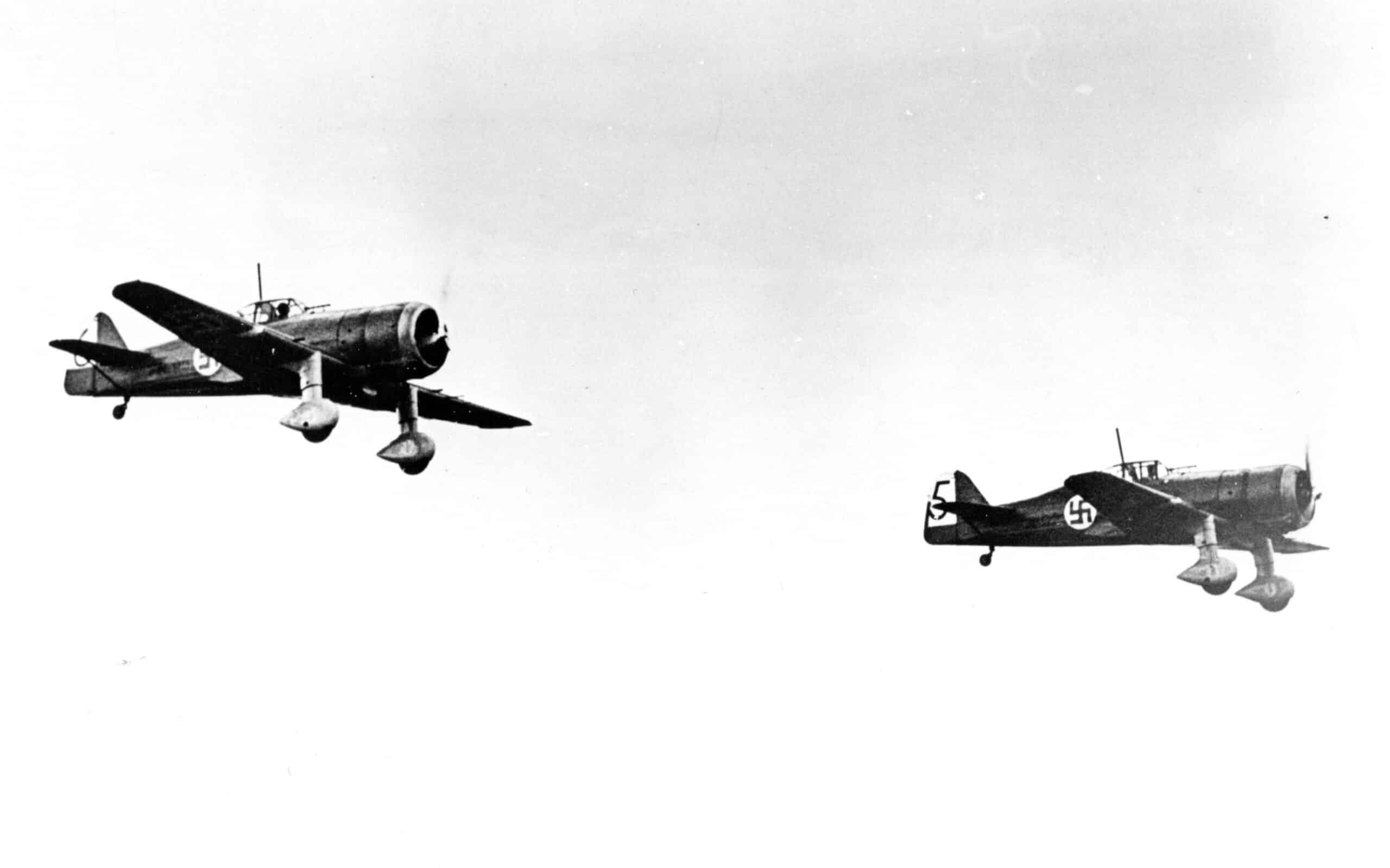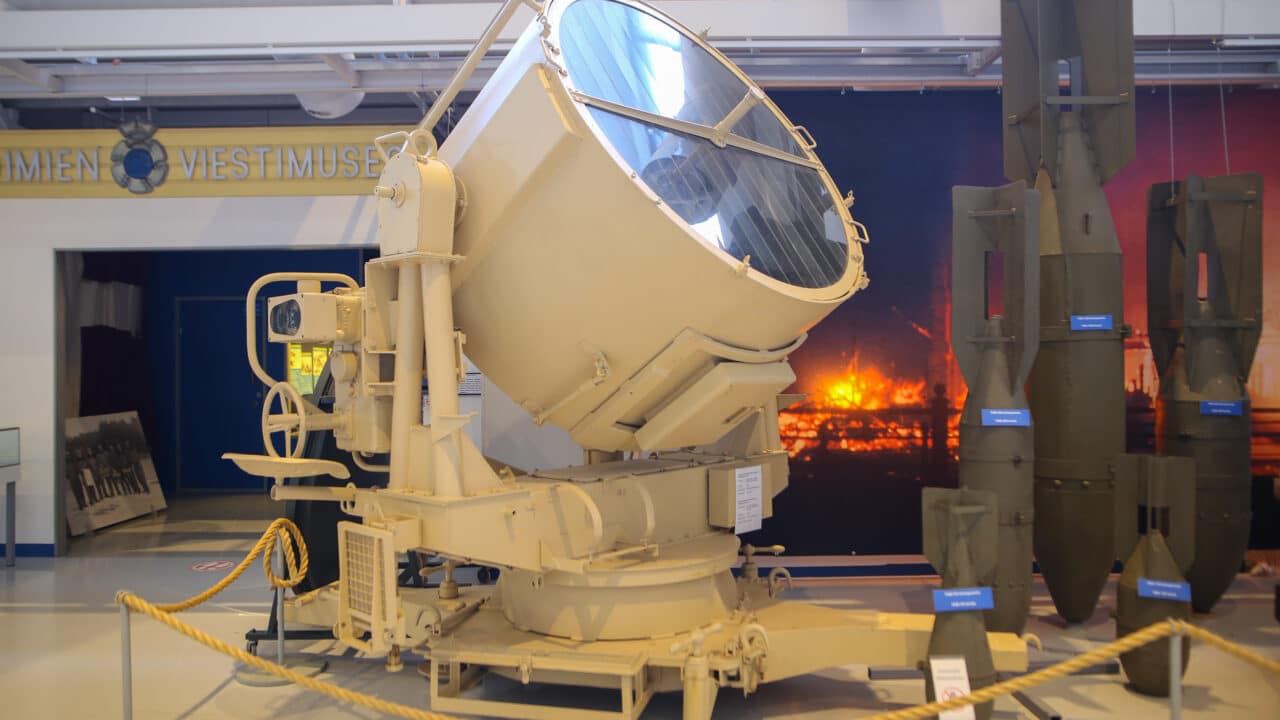The Fokker D.XXI is a Dutch single-seat fighter of wood and metal construction. Its first flight took place in February 1936. Since the type was intended for the Royal Netherlands East Indies Army, the design focused on the simplicity of the structure and maintainability in demanding conditions.
Finland was the first export customer of the D.XXI. Seven aircraft were ordered in November 1936. At the same time, a manufacturing license for 14 aircraft was purchased. This was upgraded into an unlimited license a year later. The aircraft built in the Netherlands were shipped to Finland in August 1937. Denmark ordered two D.XXIs and built ten under license. 36 aircraft were delivered to the Royal Netherlands Air Force.
The State Aircraft Factory built 90 aircraft in four batches. The first two of these ‒ called II and III series ‒ were completed before the Winter War and comprised 35 aircraft.
The D.XXI was already obsolescent at the outbreak of the Winter War. The Soviet fighters were faster and more agile, but on the other hand, the D.XXI was able to disengage from combat due to its higher diving speed. The Air Force achieved 191 victories with the D.XXI, of which 130 in the Winter War. Most victims were bombers. During the Continuation War, the type was used mainly for reconnaissance and later as an advanced trainer.
The museum’s FR-110 was almost completely rebuilt around the remaining steel tube frame found on the lands of a farmer in Jämsä. For example, the wooden wing was built from scratch. The restoration took about 10,000 manhours. With the tally of 9½ victories, FR-110 became the most successful D.XXI in the world.
Link copied!
Additional info
Operating time
1937–1948
Manufacturer
Fokker, Netherlands
Measurements
Wing span 11.00; Maximum speed 415 km/h; Length 8.20 m; Height 2.95 m.
Type
Single-seat fighter
Object number
328
Location
Main exhibition




